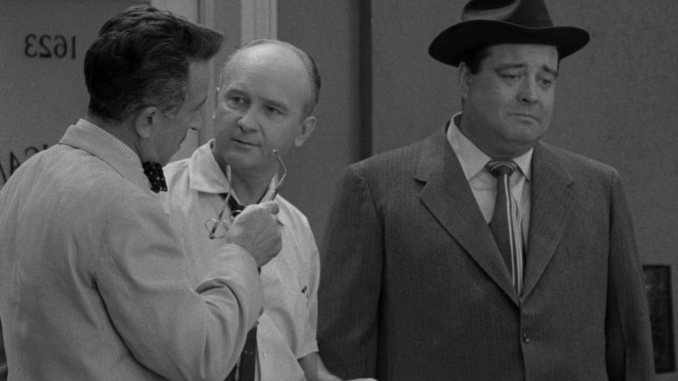
On screen, Ralph Kramden and Ed Norton were an unstoppable comedic duo — the perfect pairing of bluster and bumbling charm. But behind the camera, Jackie Gleason and Art Carney’s relationship was far from easy. While the two men built one of television’s most enduring friendships on film, their off-screen partnership was a careful dance between admiration, ego, and creative control.
A Clash of Two Geniuses
Jackie Gleason, famously dubbed “The Great One,” was a powerhouse of instinctive comedy. He thrived on spontaneity — rewriting lines mid-rehearsal, changing camera setups at the last second, and delivering punchlines differently each time. To him, comedy was electricity: unpredictable, alive, and raw.
Art Carney, on the other hand, was methodical. He preferred precision — rehearsing each motion and word until it was just right. To Carney, timing wasn’t chaos; it was craft. His subtle facial expressions, quiet timing, and deliberate pauses made Norton the perfect counterbalance to Gleason’s explosive Ralph Kramden.
But when those two philosophies collided, sparks flew. Crew members from The Jackie Gleason Show recalled tense moments when Gleason would bark “Cut!” in the middle of a scene to rewrite a line, while Carney would quietly fume at the constant changes. Gleason saw himself as the captain of the ship; Carney, as the craftsman ensuring it stayed afloat.
The Rivalry That Fueled Perfection
Despite the friction, their chemistry on air was nothing short of magic. It’s what made The Honeymooners so believable — you could feel both the irritation and affection in every exchange. Gleason’s bombastic delivery needed Carney’s understated timing to shine, and Carney’s subtle genius found contrast in Gleason’s larger-than-life presence.
Privately, Gleason once admitted, “Art Carney’s the only man who can steal a scene from me.” That rare concession said everything. When Carney briefly left the show in 1955, Gleason refused to film certain sketches without him — not out of sentimentality, but because he knew the show didn’t work without that perfect balance.
Still, their respect didn’t translate to friendship. The two men rarely socialized off-set. Gleason preferred the nightlife; Carney preferred quiet. But when the cameras rolled, they became something greater together than either could have been alone.
Legacy of a Legendary Duo
Television historians still point to their partnership as a masterclass in creative tension. Their dynamic — one impulsive, one meticulous — was a study in how clashing temperaments can produce brilliance. Without that push and pull, The Honeymooners might never have achieved its signature rhythm or its timeless humor.
In the end, the laughter we remember wasn’t born out of harmony but from heat — two artists testing each other’s limits and, in the process, redefining television comedy forever.

